

Damion Smy
Boxy new KGM Musso unveiled to take on HiLux and Ranger ahead of Australian launch
11 Hours Ago
First came the Valkyrie, now comes the Valhalla. Look out Ferrari, Aston Martin is coming for you with its hybrid, mid-engined supercar.

Contributor


Contributor
Aston Martin has taken another step into the future with the reveal of its production-ready, mid-engined Valhalla.
With power from a hybrid-augmented V8 engine, the Valhalla is the first mid-engine Aston Martin supercar – or at least it will be when it launches globally in 2023.
Power comes from a twin-turbocharged, flat-plane-crank 4.0-litre petrol V8 engine with 550kW, hooked up to electric motors on both axles contributing a further 150kW to the mix.
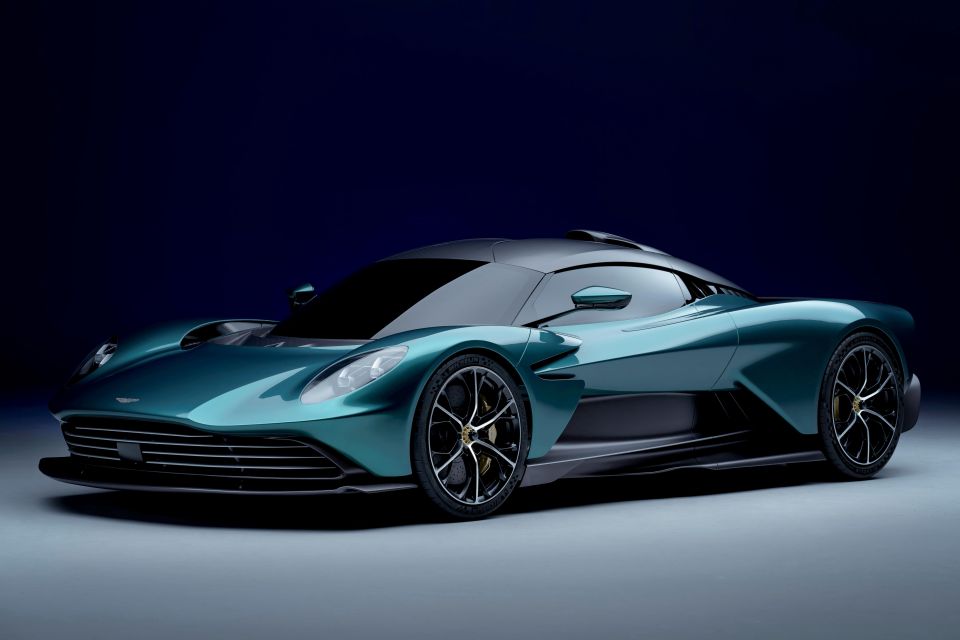
Peak combined power is a mind-blowing 700kW, peak torque is 1000Nm, put to the road through an eight-speed dual-clutch transmission with no reverse gear. Instead, the electric motors take care of going backwards.
Although the petrol engine is only hooked up to the rear wheels, the car can operate as a pure front-driver in pure-electric mode, or a pure rear-driver with electric and petrol power working in tandem.
The 100km/h sprint takes 2.5 seconds, and flat out you’ll be doing 350km/h. Pure electric range is 15km.
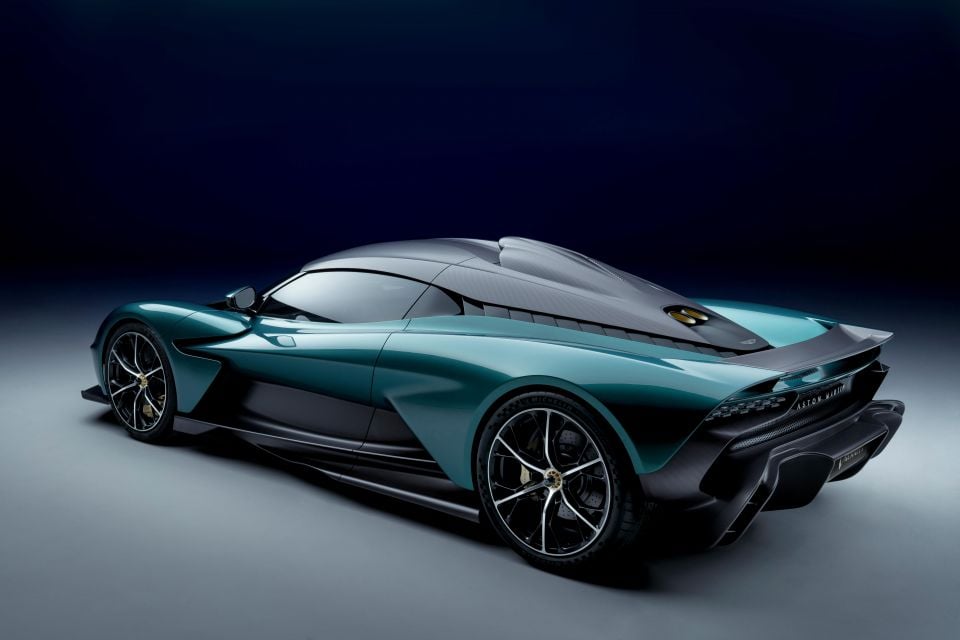
Despite all the hybrid kit and the lithium-ion battery, Aston Martin is targeting a dry weight of 1550kg. It also wants the car to complete a blistering 6:30.00 lap of the Nurburgring Nordschleife.
That would make the Valhalla about 14 seconds faster around the Green Hell than the current record holder, the Porsche 911 GT2 RS by Manthey Racing.
Under the skin, the Valhalla is build around a carbon tub, and features a pushrod-style front suspension that draws on Aston Martin’s connection to Formula 1. It’s designed to move weight inboard and cut unsprung mass.
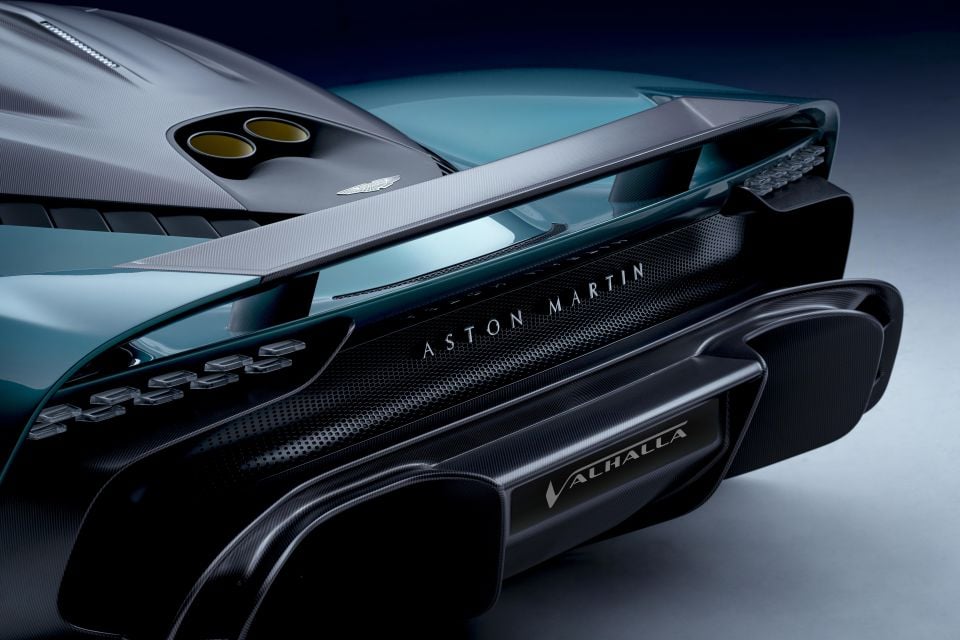
Down back is a multi-link suspension, with variable-rate Multimatic springs and adaptive spool dampers. The ride can be dropped to create more downforce in Track Mode, and there’s also a front axle lift to help sneak over tricky speed bumps.
The Valhalla rides on 20-inch front and 21-inch rear wheels wrapped in Michelin rubber, behind which hide carbon ceramic brakes. The brakes are by-wire, and the steering is electrically assisted.
Eagle-eyed readers will have noticed this doesn’t look like a DB9, or a DB11 for that matter. Although the Valhalla doesn’t have the same classical proportions, it is fiendishly clever.
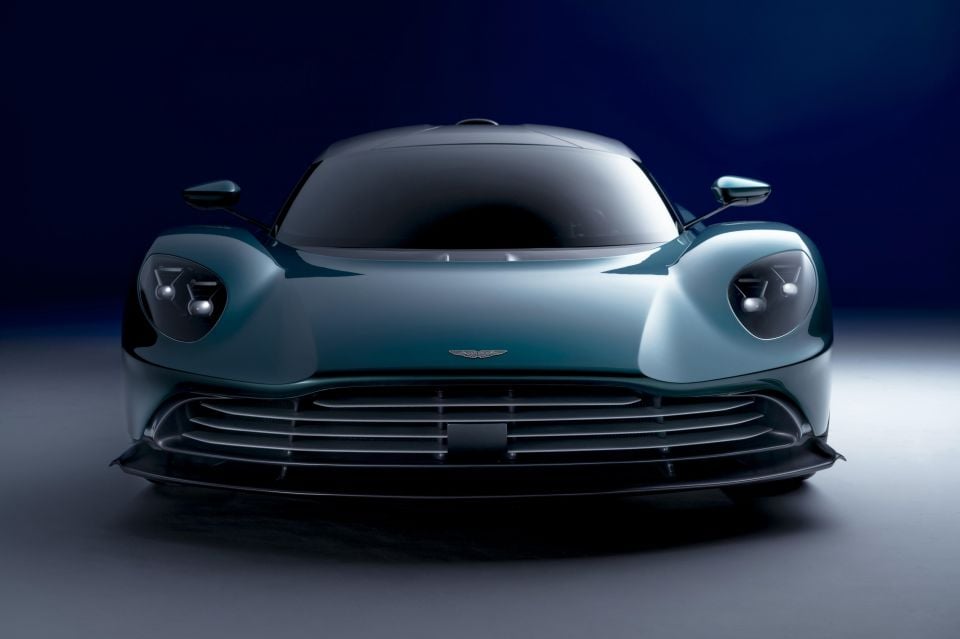
The car creates 600kg of downforce at 240km/h thanks to the aerodynamics you can see in pictures, and a complex network of venturi tunnels under the body.
The doors are forward-hinged dihedral units designed to make an impact when you stop. They feature cutouts in the roof to make it easier for tall drivers to get behind the wheel, too.
Images of the interior haven’t been shared, but Aston Martin is promising a cabin that borrows the best bits of the Valkyrie’s race-inspired cockpit, but also offers a bit more long-haul comfort.
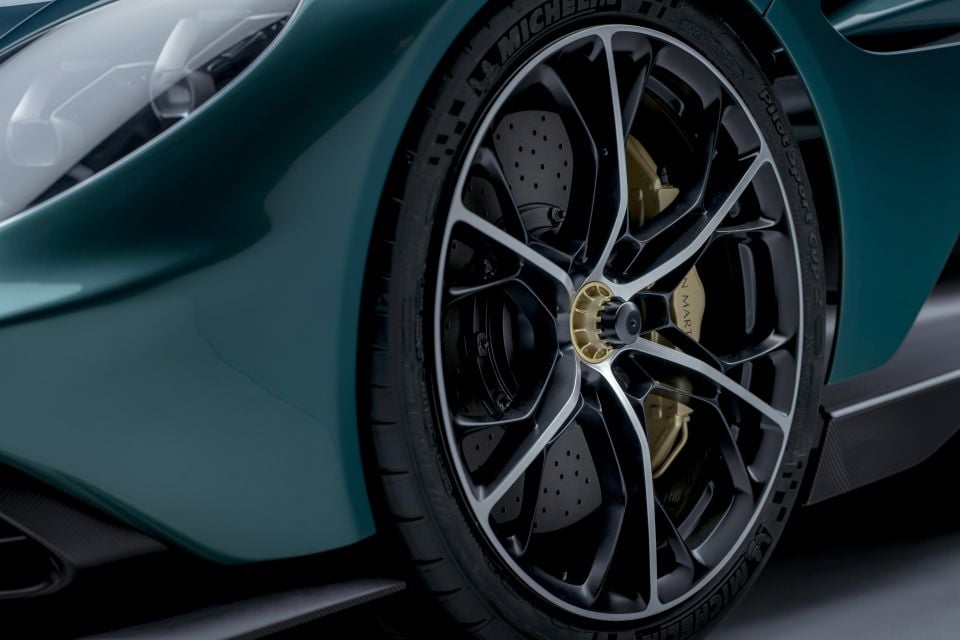
Aston Martin is promising a low-seat, high-pedal seating position that would make Sebastian Vettel or Lance Stroll feel right at home.
A new infotainment system will take pride of place in the middle of dashboard, and the pedals and steering wheel will both adjust to help drivers feel at home.
LED matrix headlights, dual-zone climate control, autonomous emergency braking, adaptive cruise control, blind-spot monitoring, and a reversing camera will all be standard.
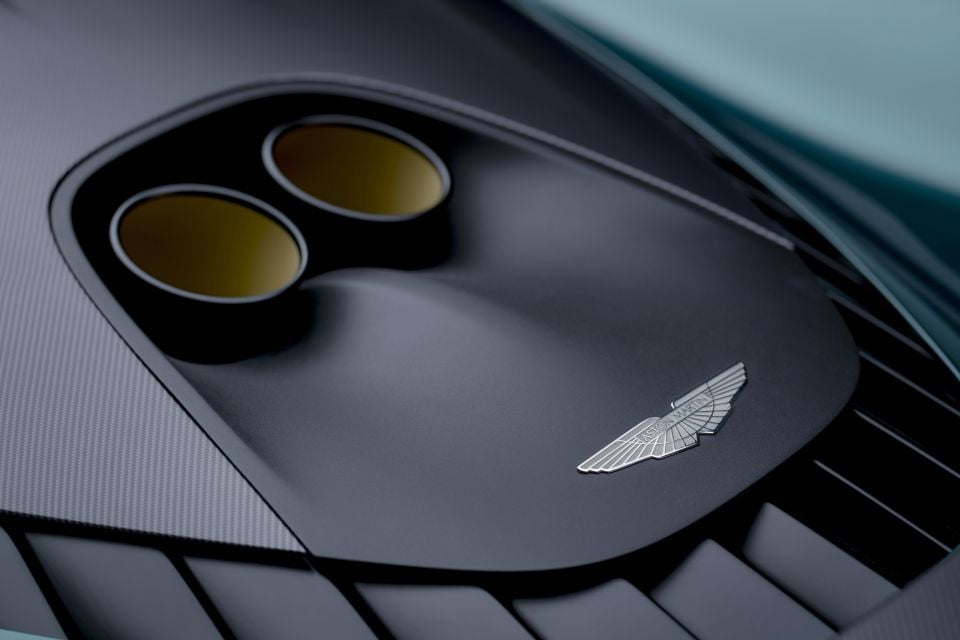

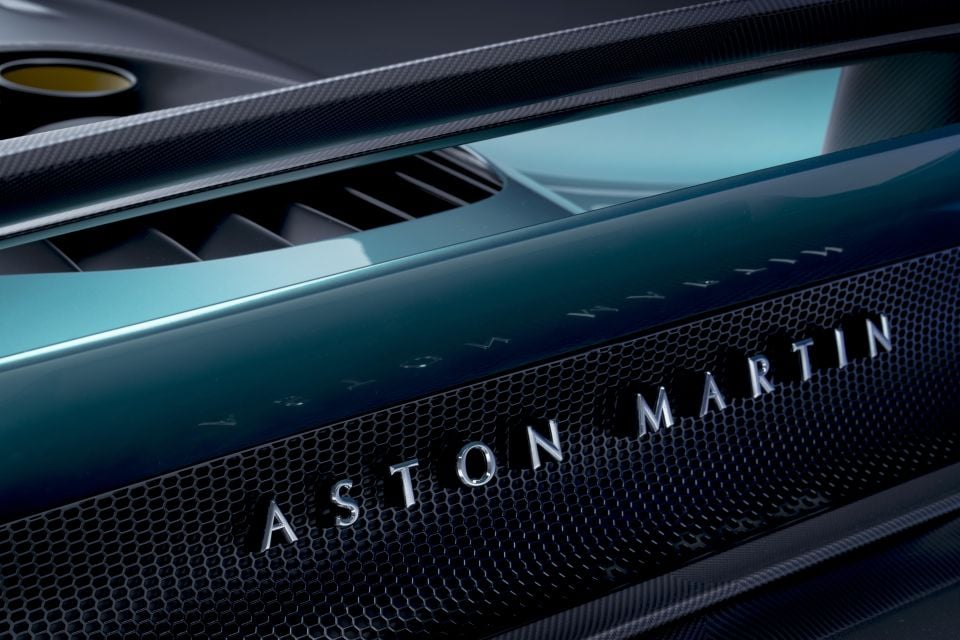
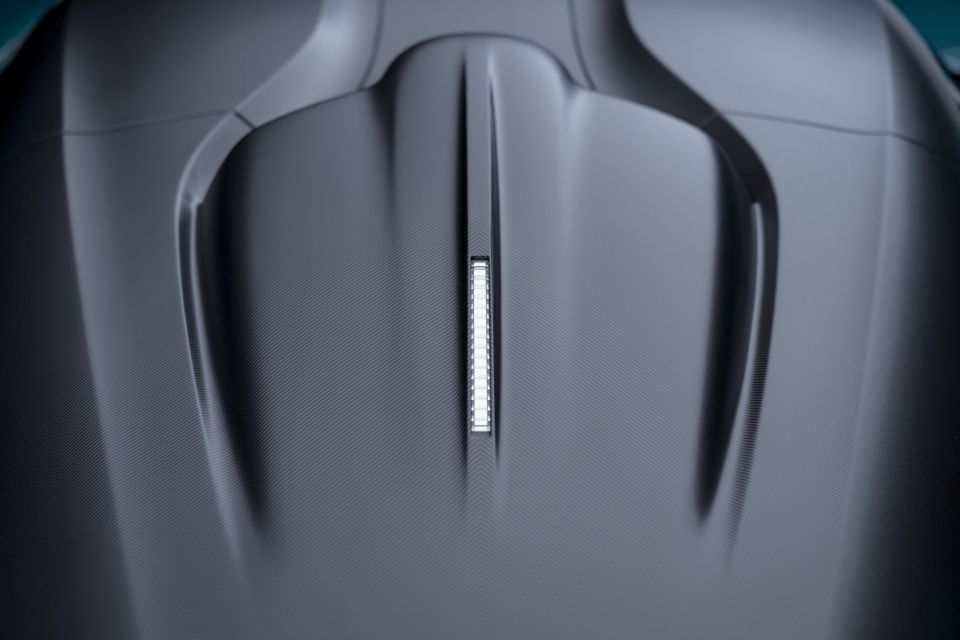
What do you think of the Valhalla? Let us know in the comments below.
Where expert car reviews meet expert car buying – CarExpert gives you trusted advice, personalised service and real savings on your next new car.
Scott Collie is an automotive journalist based in Melbourne, Australia. Scott studied journalism at RMIT University and, after a lifelong obsession with everything automotive, started covering the car industry shortly afterwards. He has a passion for travel, and is an avid Melbourne Demons supporter.


Damion Smy
11 Hours Ago


Damion Smy
12 Hours Ago


Damion Smy
14 Hours Ago


Damion Smy
15 Hours Ago


Damion Smy
17 Hours Ago


Damion Smy
18 Hours Ago